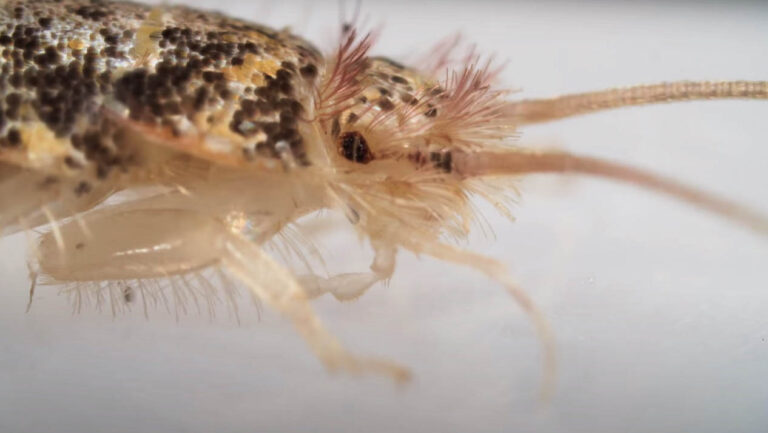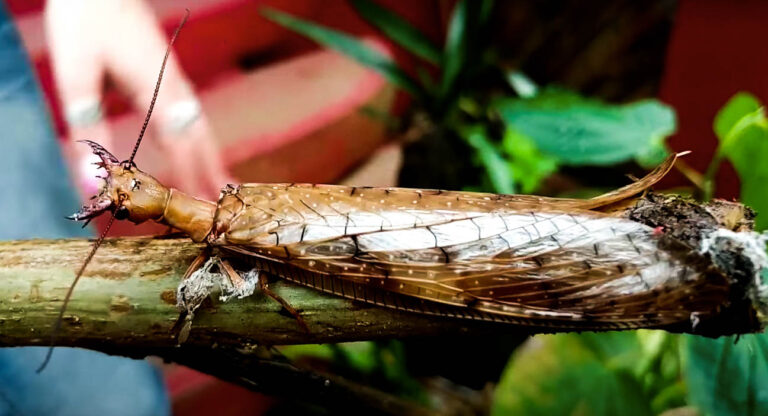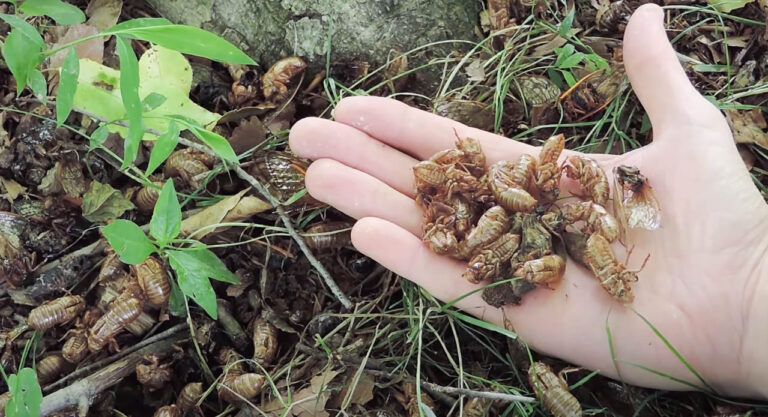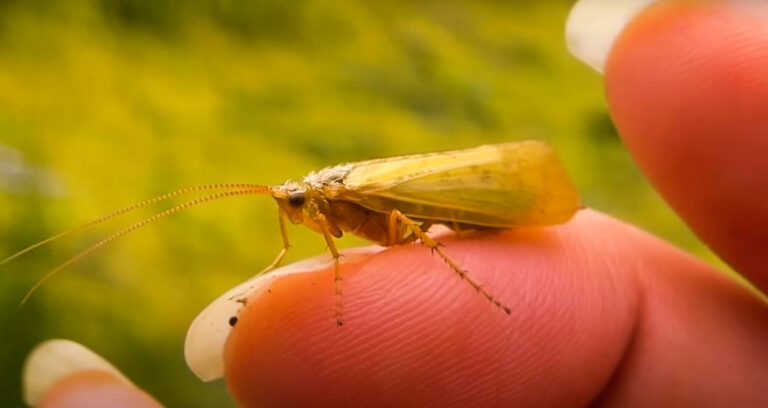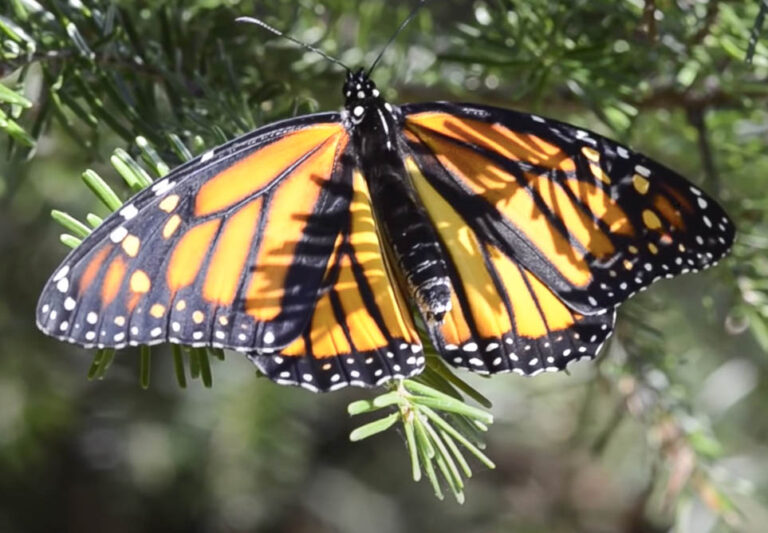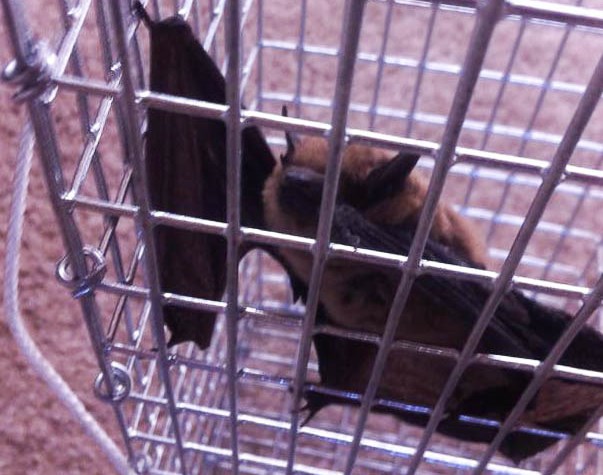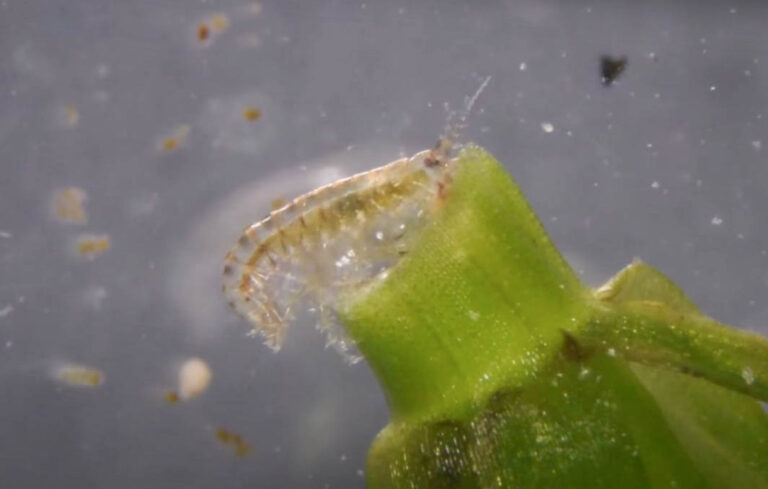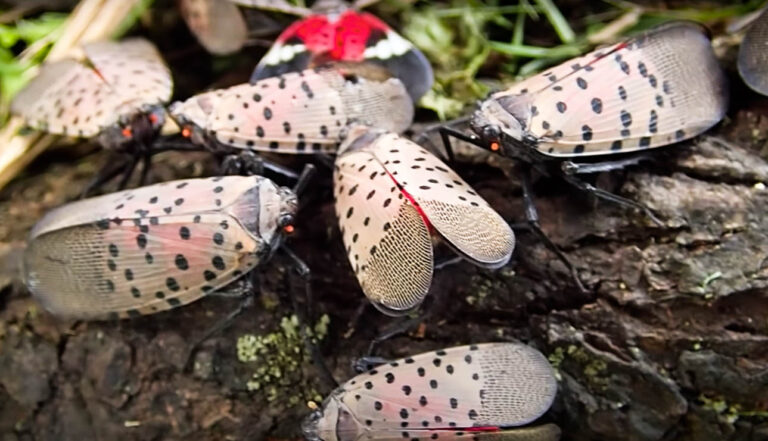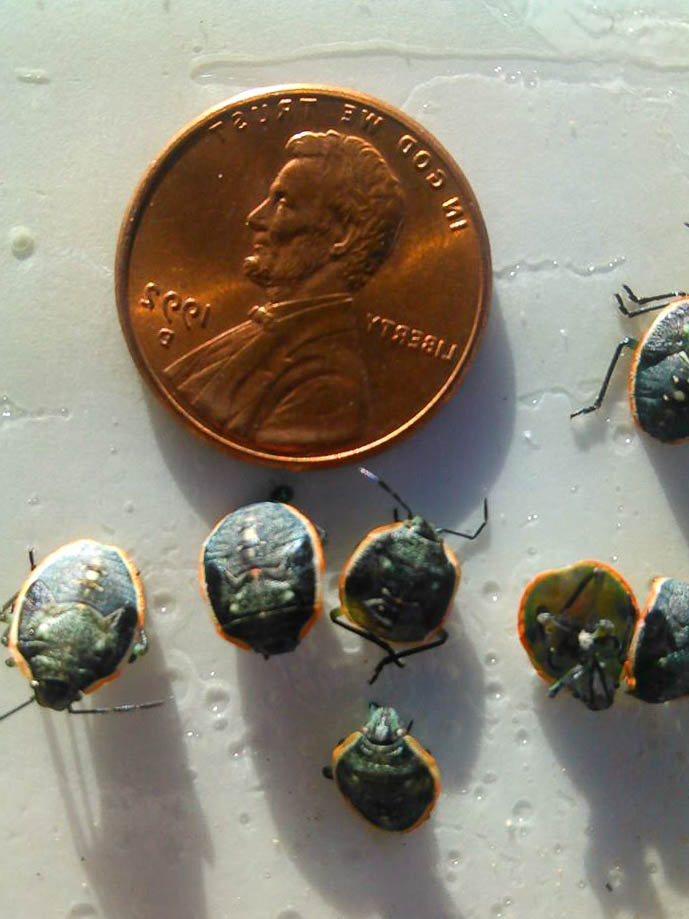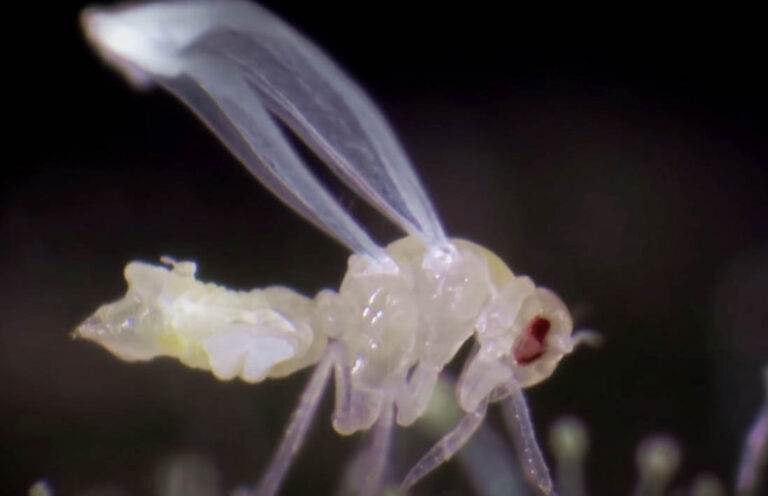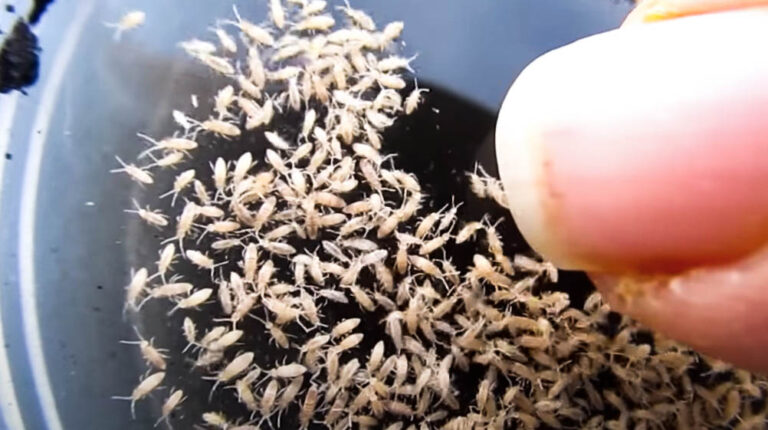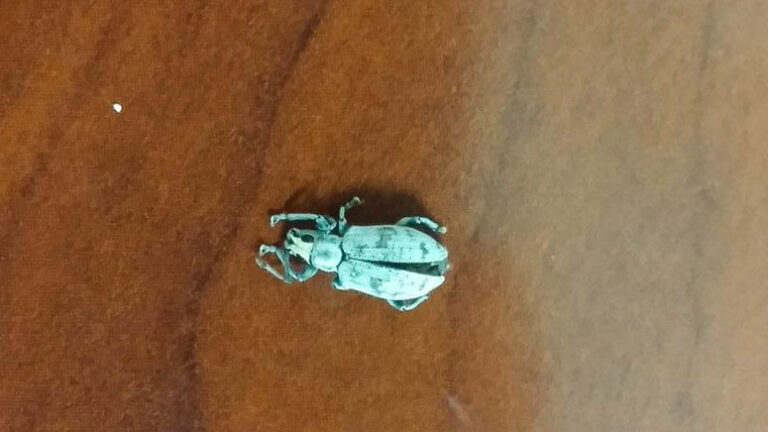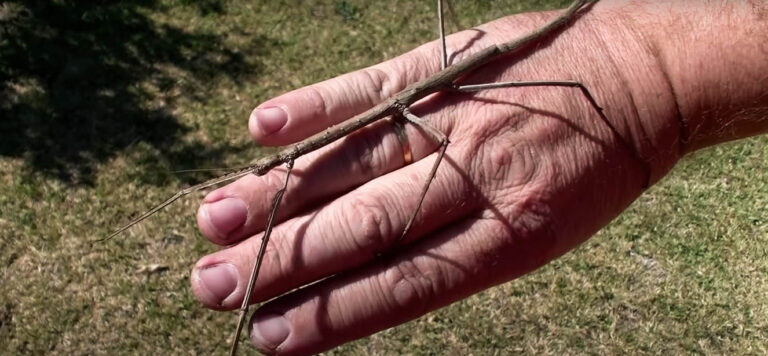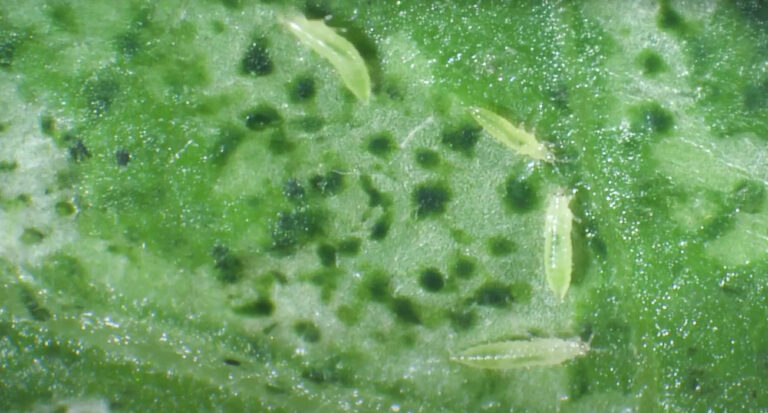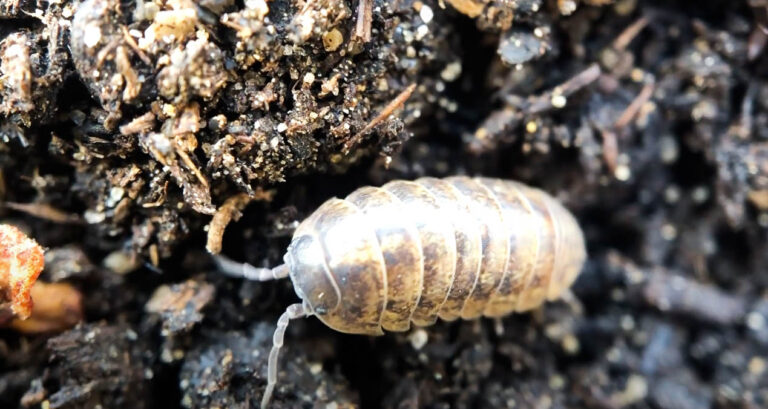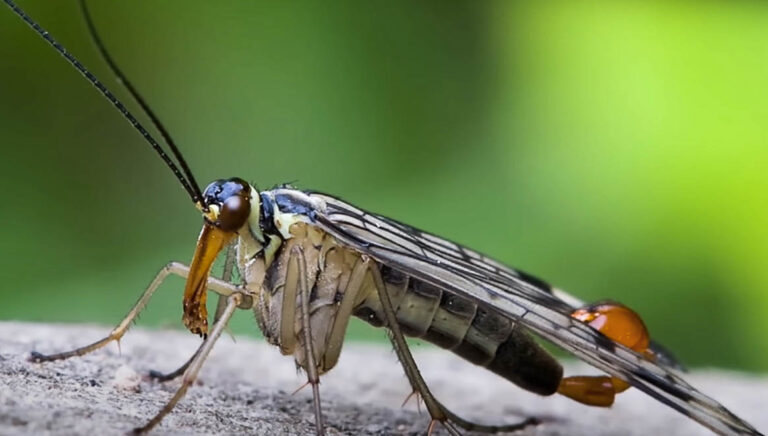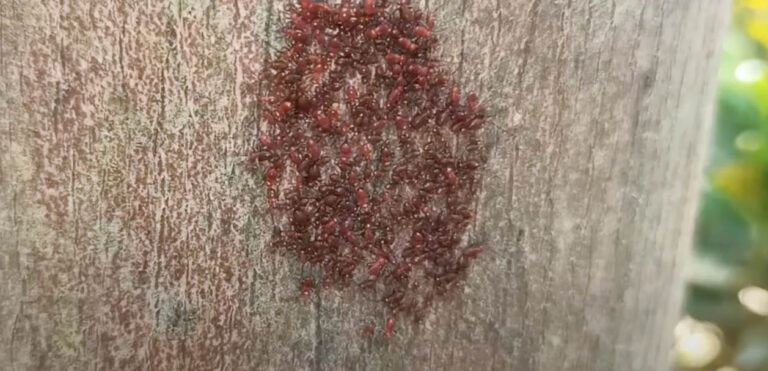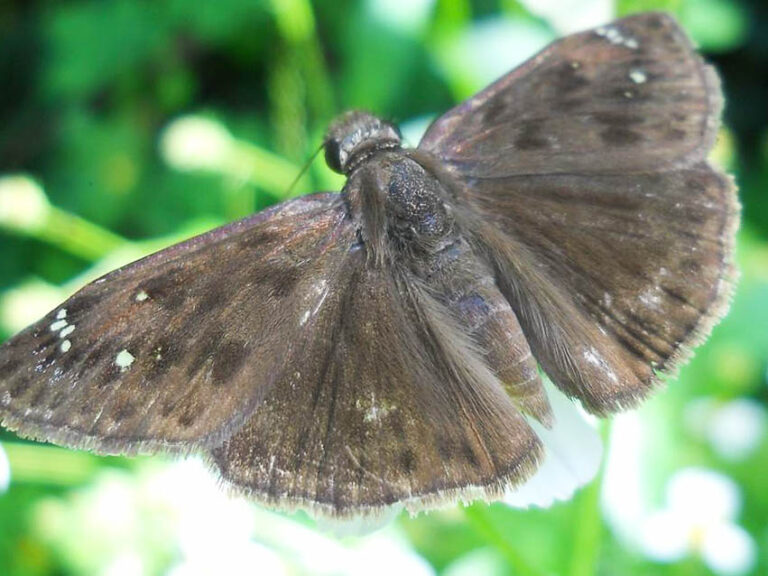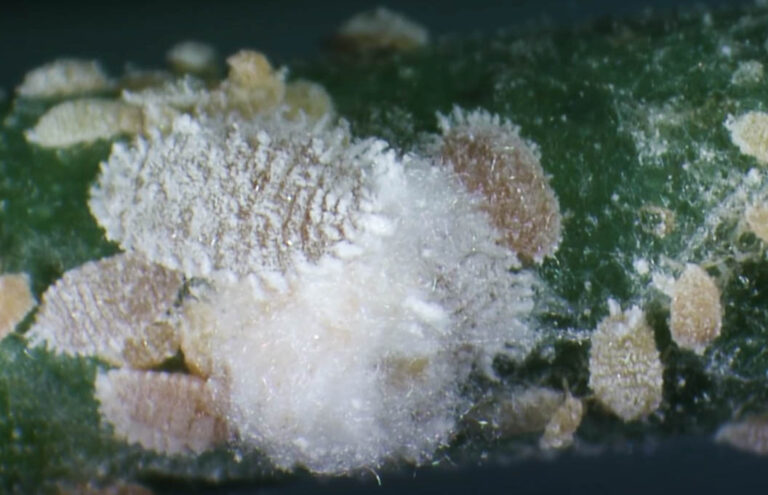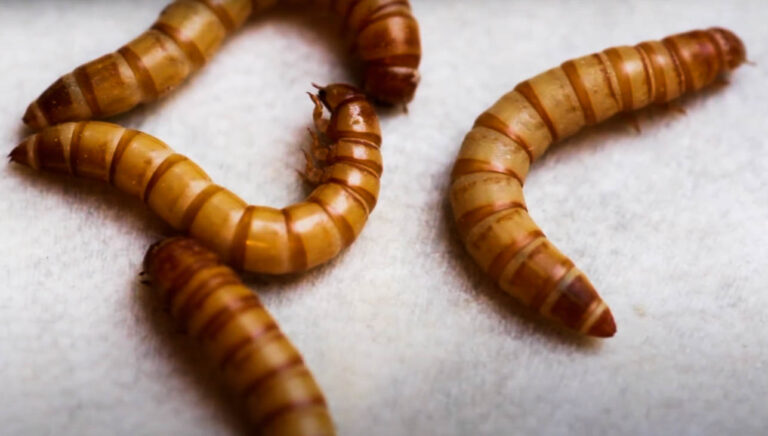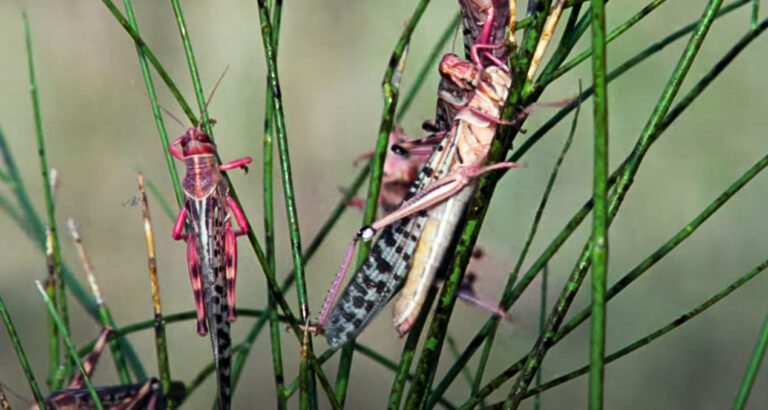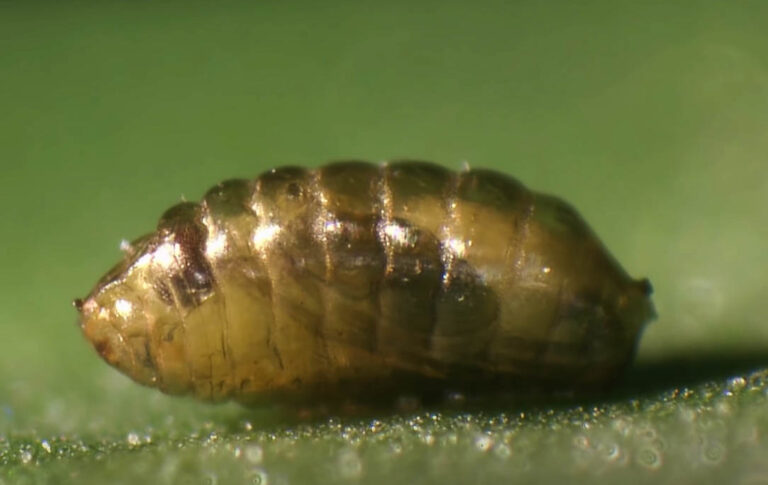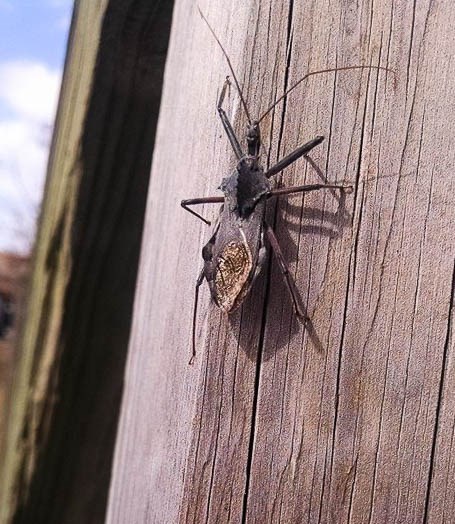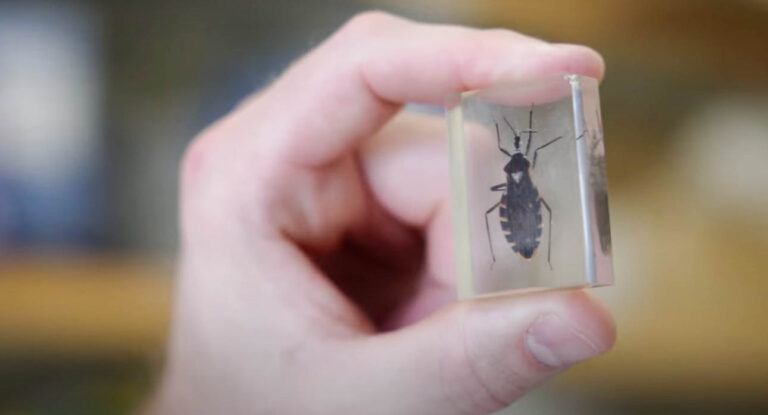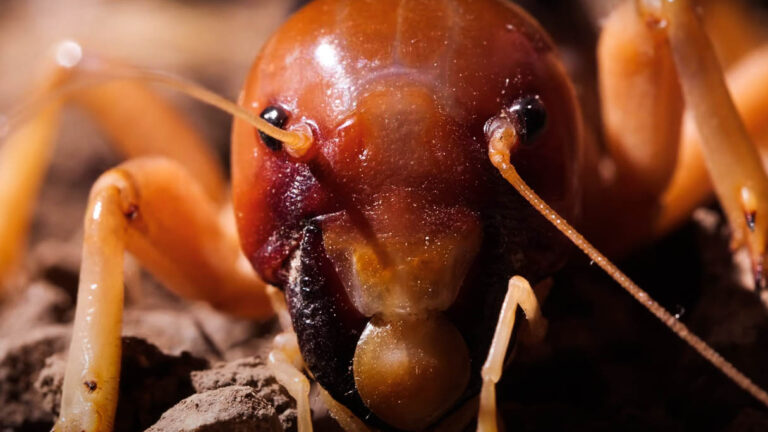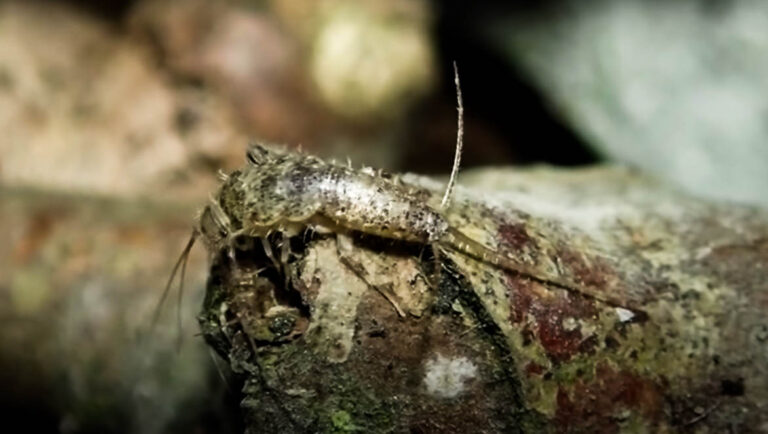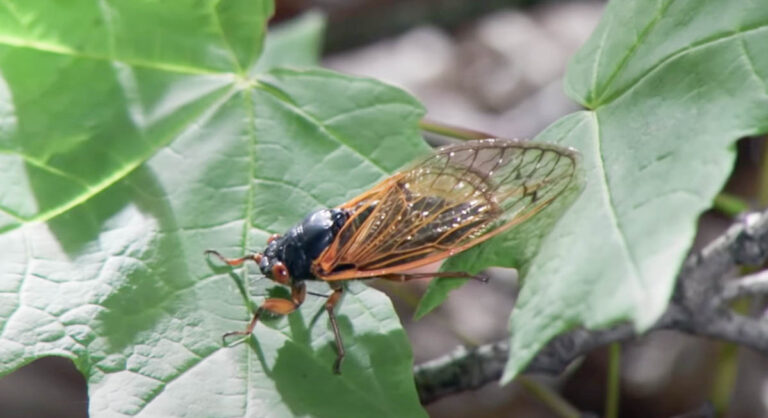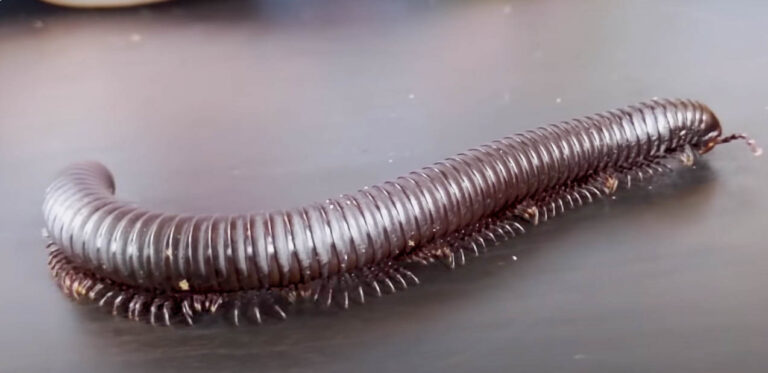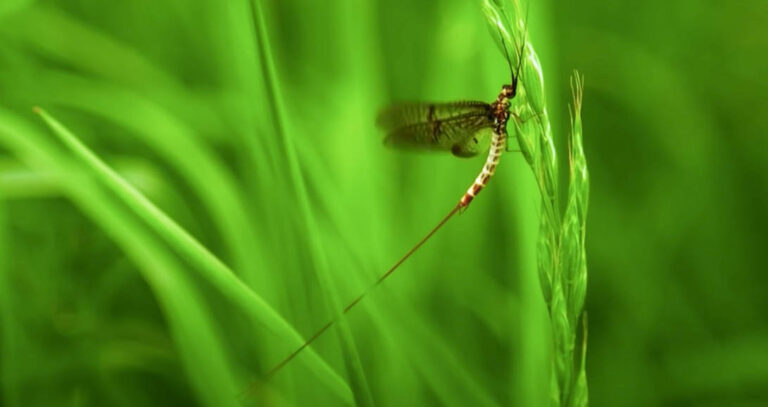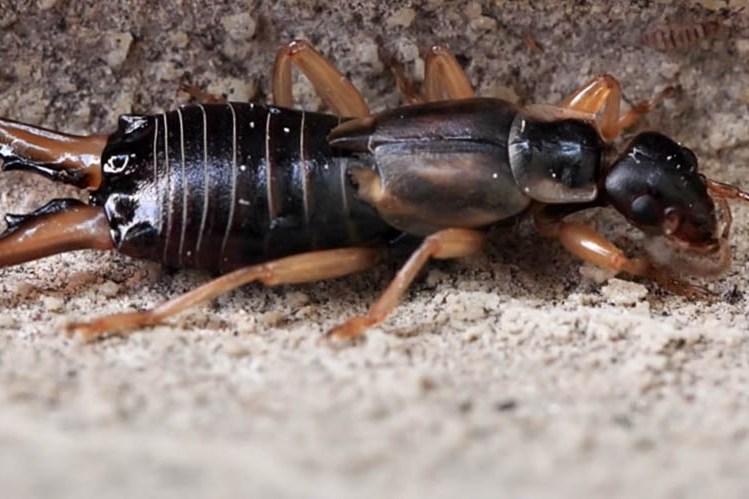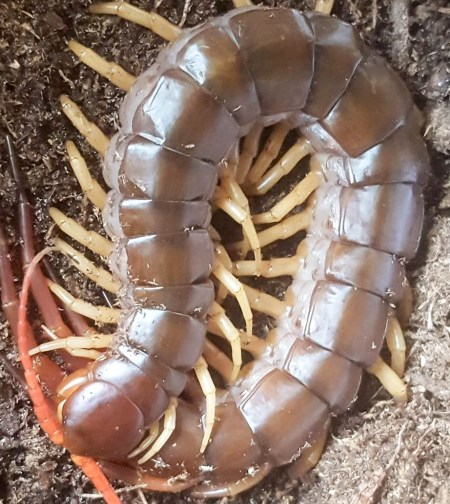About Weevils
About Weevils
If you are not familiar with insects, you are going to find it difficult to identify weevils. In the real sense of it, weevils are nothing but tiny beetles. With over a thousand species in North America alone, this insect has a wild diversity. Have you always wanted to know more about these insects in order to be able to identify them with ease? Right here, we will be taking you through some of its basic features that are used to identify them. Some of these include its physical appearance, natural habitat, and the damages they cause.
Appearance
The physical appearance of weevils is one of the basic features which can be used to identify them. Unlike other insects, they look more like beetles. The only difference is that they are tiny and less active. Although, some species are capable of flight. Being an insect with a wide range of species, weevils come in a wide range of body shapes. Many of these insects are either oval-shaped or slender. But in most cases, their sizes usually range between 3mm to 10mm in length.
- Head – Another distinctive feature of weevils is the structure of their head. These insects have an elongated head that looks like a snout. At the end of the snout, you will find their mouth.
- Color – Also, their color wheel ranges from brownish to black.
Behavior
Unlike other insect pests, weevils only attack plants when they are at their adult and larval stage. During this period, they usually have a well-developed mouthpart to devour any plant of their choice. The most destructive species of weevils is the cotton boll weevil. This insect has been known for its notorious plant-eating habits. Just as with every other insect pest, the life cycle of weevils depends on the species of the weevil itself. Some weevils lay their eggs in the spring very close to a host plant. When those eggs finally hatch into larva, they immediately burrow underground where they gradually feed on the roots of the host plants. As a result of this, people find it very difficult to know they have an
infestation at hand at the initial stage. During winter, most species of weevils stay inactive under the ground to conserve their energy
and live through the harsh weather conditions. When winter finally comes to an end, they come out as adults and the cycle repeats itself. Although, some species of weevils are more attracted to the warmth of homes and light. You will often find weevils like this around people’s homes.
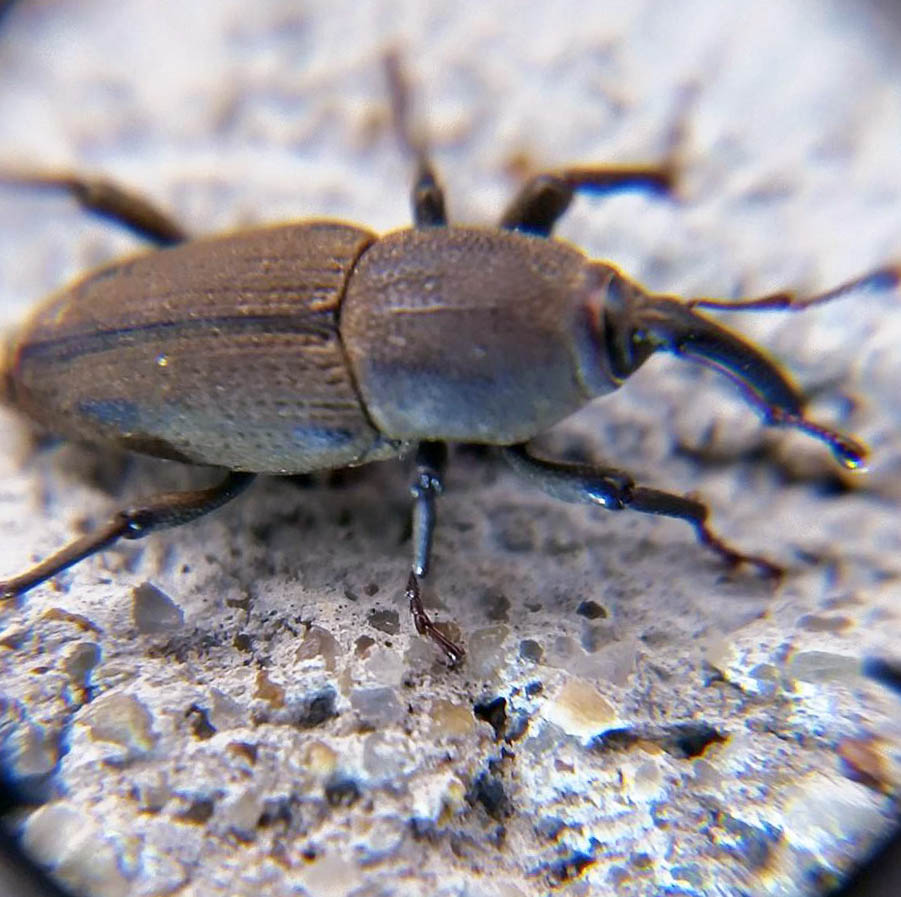
Damage They Cause
Outdoors, these tiny beetles are to be feared. They infest farmlands, kill garden crops, and devour food crops. While indoors, they infest stored foods and contaminate them with their droppings and cast skin. Weevils don’t have mouthparts capable of biting humans or pets, but they can devour your food sources.
Signs of Infestation
Weevils are tiny insects, so you might not get to know you have an infestation at hand until it becomes severe. But the most obvious sign of a weevil infestation is the presence of their powdery droppings and cast skin around your house.
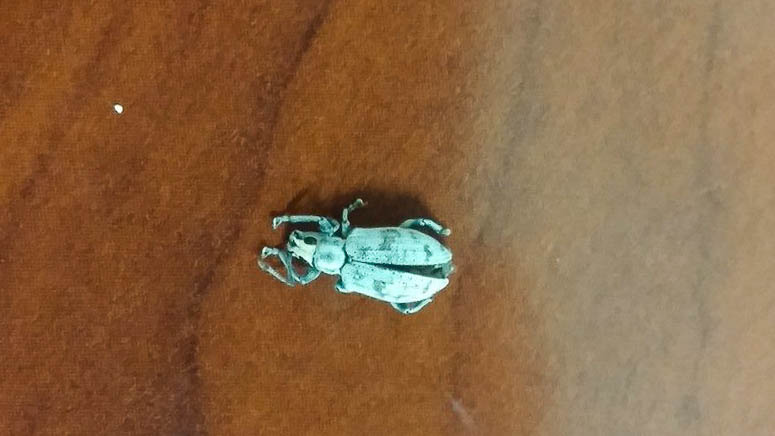
How Do I Get Rid of Weevils?
When it comes to getting rid of weevils, the best that can be done is to find the infested material and get rid of it. But this can only be effective if the infestation is yet to spread widely. If you find it difficult to use your hands to remove them, you can also use a vacuum cleaner. But ensure that it is emptied somewhere far away from your home to avoid a repeat of the same process. If the infestation is more than what you can handle, don’t hesitate to call a professional to help remove the weevils from your home. They are in the best position to recommend any chemical treatment alternative.

